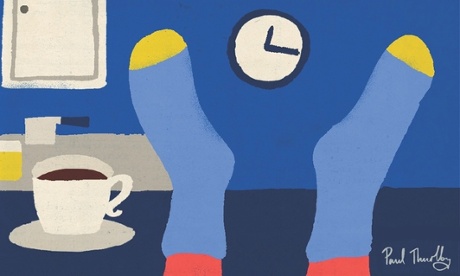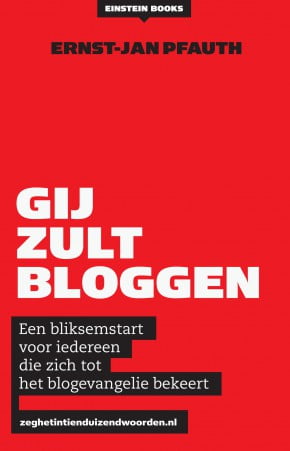I recognised the guy from somewhere.
Keith Harrison, www.expressandstar.com, published: November 16, 2014 7:30 am

He was older than me, miserable looking, serious of face and fatter, much fatter than me.
His face bore down from the background of a big screen at one of those business conference events where microphones get passed round, followed by the in-house camera to pick out the questioner.
Hand on his double chin, he listened studiously as the chap slightly behind him asked a question of the panel seated away on a stage.
I turned to see who it was, but he turned too and I missed him.
Looking ahead again, I checked my watch. On the big screen, he checked his.
The thudding realisation hit me like a 5-0 defeat at Derby; this dull man-in-a-suit, this glowering, joyless beast was me.
Middle-aged, middle-of-the-road, mid-life crisis Me.
B**ger.
The camera, as ever when you don’t want it to, lingered.
I lost track of what the other guy was saying.
Selfishly, vainly and most of all depressingly, I was drawn to my own image.
What. The. Hell.
This wasn’t the guy I’d seen when I left the hotel room a few hours earlier. There I was tall, handsome, suave, sophisticated. (OK, you can stop laughing now.)
Here, I was literally unrecognisable to my self.
Now I know the camera adds 10 pounds. But where did the rest of it come from?
I thought back to breakfast: buttered toast, muffin, croissant and pecan tart. Surely that couldn’t be the problem?
The stark spotlight didn’t do me any favours.
Nor what seemed to be the world’s sharpest HD conference camera, revealing every crack and wrinkle on my increasingly furrowed brow.
And I wasn’t even in focus.
God knows what the guy who was speaking thought.
Except, he probably wasn’t worried about it.
Most blokes aren’t.
Yet I’m cursed with a fear and loathing of ageing, mainly because it goes against my Peter Pan fantasy.
I don’t mind growing up, it’s the growing old that’s so hard.
I’m careful what I wear (there’s nothing worse than an older man trying to be down with the kids) but age is having an effect there too.
When I recently bought a new wool jumper, (sensible, merino and, er, green) Our Lass took one look and asked when I’d taken up golf.
“You look like you’re heading for the first tee,” she said, by way of an insult.
And she wasn’t the first to pop my ego this week.
Spotting a new work experience girl, I remembered that I’d met her on a visit to her university a few months back.
Pointing out that she’d stood out with some sharp remarks, she confessed that she had no recollection of me at all.
“I remember a group of you coming in,” she recalled, “but you were all just old men in suits.”
Seriously, the word ‘ouch’ has never been more painfully used.
I slipped into my pipe, slippers and melancholy even deeper than usual that night and pondered where I am.
Not quite 50, not quite divorced, not quite sure what the future holds and not quite what I appear on camera.
Because I’m not some corporate suited zombie.
I’m a good lad, according to my mates.
A good dad, according to my kids.
A ‘tubby funster’, according to my girlfriend – admittedly not the most romantic thing she’s ever said but she was trying to cheer me up so I’ll take it.
Maybe she was just trying to dislodge me from the vanity mirror.
Or let me know that, unless you’re Johnny Depp or Peter Barlow, no-one really expects a 46-year-old to keep up his looks, bod or image from 20 years ago.
And, joyously my craggy comrades, that’s OK after all.
Because the camera may never lie, but neither does it tell the full story.
So for now, I’ll focus on that – and see what develops.













